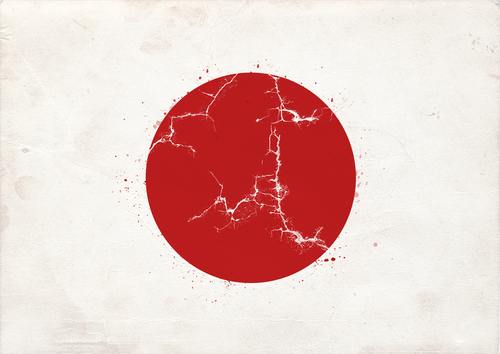Though many industries were affected after the Japan earthquake and tsunami, there were some that were hit especially hard — electronics and automotive.
To get a better glimpse of what the automotive industry was going through, I contacted Fred Hubacker, automotive supplier expert with Conway MacKenzie, a Detroit-based crisis management firm. The following is what transposed:
The earthquake and tsunami in Japan has created chaos for most companies
with operations in the area. How has the automotive industry fared. In your
opinion, was it the industry hardest hit?
FH: In general, the automotive industry has suffered tremendous loss from this
tragedy. Lost auto production, in Japan, could reach 335,000 units by the
end of this week (3/25). In addition, the effect is starting to be felt in
North America with overtime elimination and at least one assembly facility
down (GM Shreveport [Louisiana]) and downtime in Europe. Automotive seems to be the
hardest hit, at least on an immediate basis, however, the effect on other
industries such as electronics and aviation have not been widely reported
yet.
What were the major risks posed to automotive companies with operations
in the affected areas?
FH: The major risks include damage to their own assembly and component
manufacturing facilities, damage to suppliers producing many components
including electronics, petro-chemical products and powertrain components,
the loss of infrastructure including power, roads, water and transportation,
and of course, the issues created from the huge loss of human lives.
Was there one particular automotive company that was hit hardest?
FH: Not entirely clear at this point but it appears that Honda has a heavier
concentration of suppliers in the quake zone than the other manufacturers.
Toyota, for example, is losing all Prius model production at the moment.
How will such business interruptions in the automotive industry affect
other industries?
FH: Widespread component shortages and production downtime could ripple effect
to thousands of other auto component and logistics suppliers who were not
directly affected by the quake. Normal just-in-time suppliers will not be
able to continue production.
What can be done, if anything, to prevent such interruptions in the wake
of a catastrophe?
FH: Alternative sources can be developed, but generally that is a lengthy and
expensive process.


